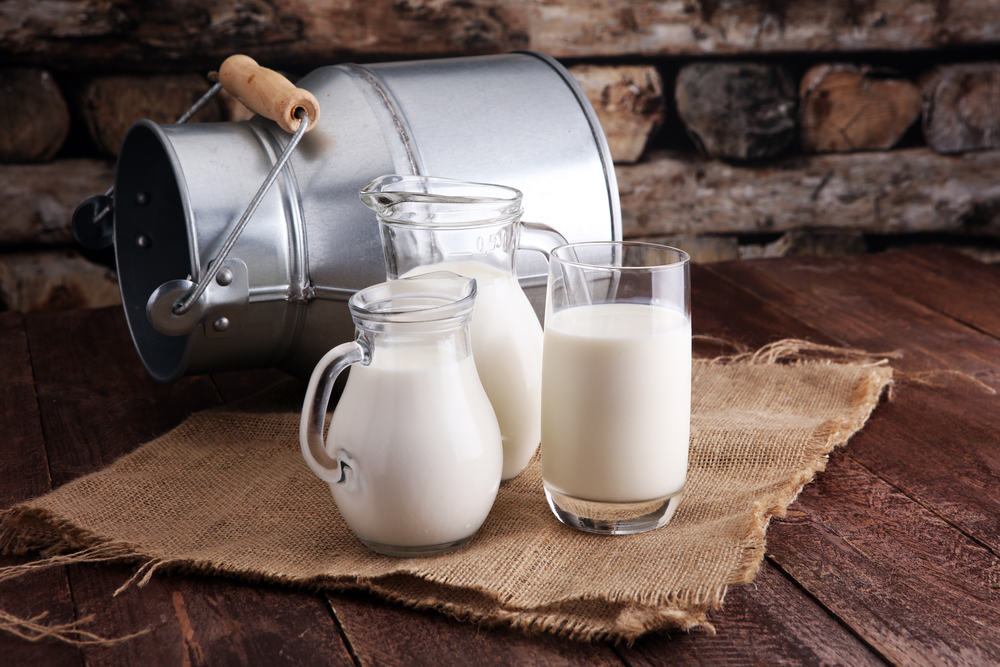Cow’s milk is an integral part of the diet in Asian countries. Apart from drinking, cow’s milk is used to make beverages like tea and coffee and is used in cereals. Many recipes also call for cow’s milk as an ingredient. In Asian countries, egg and cow’s milk allergy are the most commonly found allergies in children and young adults. Apart from allergy and taste preference, many other factors can cause people to stay away from milk. Read on to find out more about milk alternatives.
Why Do You Need An Alternative To Milk?
As mentioned earlier, allergy is the main factor people stay away from cow’s milk. Milk allergy is mainly found in children and young adults and manifests in the form of vomiting, rashes and diarrhoea. Apart from this, there are other factors that let you consider an alternative.
Lactose intolerance
Around 80% of the Asian population has lactose intolerance. Lactose intolerance occurs when a person is deficient in lactase, an enzyme that can digest the lactose present in milk. Those who have lactose intolerance suffer from severe reactions like abdominal cramp, gas, vomiting and diarrhoea.
Restriction on diet
Some people decide to stay away from milk as they have certain dietary restrictions. For example, those who are following a vegan diet stay away from dairy products as they come from animals. Such people need an alternative to cow’s milk.
However, the good news is that if you decide to stay away from consuming milk, there are many alternatives available.
What Are The Best Alternatives To Cow’s Milk?
Soy milk
Soy milk is one of the most commonly used substitutes for cow’s milk as its nutritional value closely resembles that of cow’s milk. The protein content in soy milk is 7 grams per cup whereas cow’s milk contains 8 grams per cup. Moreover, soy milk has less calories when compared to cow’s milk. Most brands of soy milk are fortified with calcium and vitamin D, thus making it one of the most favoured substitutes for cow’s milk.
The major drawback of soy milk is that both kids and adults might be allergic to soy products.
Soy milk can be consumed as is or used in milkshakes and smoothies. You can also use it to bake bread and other baked goods. Soy can also be taken in the form of soy yogurt, soy cream and soy mayonnaise.
Almond milk
Almond milk is prepared by grinding almonds with water. One cup of almond milk contains 30 to 60 calories and 3 grams of fat. It is vegan as well as lactose-free.
A major drawback of almond milk is that it contains very less protein, calcium and Vitamin D. However, almond milk fortified with calcium, Vitamin D and Vitamin A are now available in the market. If you are allergic to nuts, then almond milk may not be a great option.
Almond milk can be consumed like regular milk or added to coffee or cereal. You can also use it to make ice cream, soup and sauces.
Rice milk
Rice milk is prepared by grinding together rice and water. It provides 120 calories with 22 grams of carbohydrates, two grams of fat and one gram of protein per cup. To compensate for the lack of nutrients, rice milk is commonly fortified with calcium and Vitamin D. The main advantage of rice milk is that it is less likely to cause allergic reactions.
Rice is rich in carbohydrates. Thus, consuming rice milk is not advisable for people with diabetes. Moreover, rice milk is not a good source of protein.
Rice milk can be taken like regular milk. As it has a mild taste, you can also customise the milk by adding cinnamon powder, cocoa powder or vanilla extract.
Coconut milk
Coconut milk is taken from the extract of coconut. It contains 50 grams of calories, two grams of carbohydrates, and five grams of fat. As coconut is not a nut, even those who are allergic to nuts can have coconut milk.
The main drawback of coconut milk is that it contains less vitamin and calcium. However, coconut milk fortified with essential nutrients are available in the market.
In Asian countries, coconut milk is used for preparing gravies and sauces. It is also used in desserts.
Hemp milk
Hemp milk is prepared by mixing shelled hemp seed with water. It has a thin and watery texture and is the best substitute for skimmed milk. Each cup of hemp milk contains 60 to 80 calories, two to three grams of protein and about one gram of carbohydrates. Moreover, hemp milk is a source of Omega-3 and Omega-6 fatty acids.
The only drawback of hemp milk is that it is a little difficult to get used to its taste.
The Bottom Line
Cow’s milk is the main source of calcium for most people, but some have to forgo that due to health or dietary restrictions. However, there are several alternatives to milk available in the market. While selecting one, make sure that it is fortified with calcium and vitamins so you still get the nutrients you need. Moreover, it is best to stick to a low-sugar alternative if you are particular about following a healthy diet.












